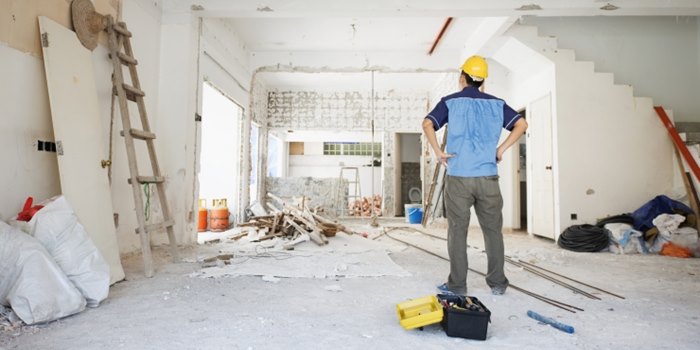
Nowadays due to increased urbanization and industrialization, there is a tremendous increase in noise pollution. Noise is an unwanted sound. It creates a huge discomfort to the occupants in the building. There are many structures like schools, corporate offices, and residential buildings that are constructed nearby highways faces a huge problem of noise pollution due to heavy traffic.
So it is necessary that structures should be constructed in such a way that they should resist noise and keep the internal environment soundproof. It is today’s need that we should design and planned structures for better Acoustic control.
Acoustic of Buildings
Acoustic control of Buildings is the science of controlling the unwanted noise in the living environment. It is a minimization of sound transmission from one place to another place and the control of the characteristics of sound. It is an implementation of techniques for making structure soundproof.
Site selection and Planning for better Acoustic control in the structures.
- Maintaining distance from the source of noise: The site selected for the construction should be away from the source of noise generation. This is the preliminary step to avoid noise reaching the receiver. It is the best method that can be used for the structures where soundproofing is not possible.
- Building Orientation: Building Orientation plays a very important role in reducing the impact of noise on the buildings. It should be planned such that there will be minimal exposure to the direct noise. The proper agreement of the rooms should be done, for minimum transmission of sound.
Acoustic properties of construction materials
For making structures acoustically good it is necessary to know the acoustic properties of the different construction materials. This will helps in the proper selection of the construction materials for the acoustic construction of buildings.
- Steel: Steel is considered as the best material for sound insulation. It has high density which makes it noise resistance.
- Concrete: The concrete is more rigid and has a high density. This makes concrete noise resistance than other materials.
- Fiber Glass: It is a sound-insulating material. It has a sound absorption property. Fiberglass absorbs sound by reducing the velocity of particles that carry the sound waves in the air
- Rubber and Plastic: Rubber sheets are generally used in Buildings for making it soundproof. It reduces sound transmission up to 40 dB. This material is economical and widely used in construction for soundproofing.
Construction Techniques for Noise Control in Buildings
- Construction of walls
Walls are the important structural components of the Buildings which protect the internal environment from the external noise.
- Use of Cavity walls in the partition
The use of cavity walls in partition proves to be very efficient for sound resistance in the Buildings.
- By increasing thickness and mass of the wall
The noise resistance of the material depends upon the mass of that material. The more the mass of material more will be noise resistance. The concrete walls provide more sound insulation as compared to wooden walls because of its higher mass.
- Use of Acoustic blankets in airspace
This is also known as isolation blankets which can increase sound attenuation when placed in the airspace.
They can attenuate noise up to 10 dB
- Use of different panels
The panels used should be of different materials and thicknesses. This will improve the sound insulation property of the walls.
- Construction of windows
Windows are one of the major sources from where the sound enters into the structures. So that is necessary to take into consideration while acoustic planning of the structures.
- Reduction in size of windows
It is a very useful method to resist the sound enters into the structures. This is an economical method that saves the cost of installation of acoustic Windows and glass.
- Increasing thickness of the glass
The noise can be resisted by increasing the thickness of the glass. It is also necessary that proper sealing should be done in order to increase the effectiveness of soundproofing.
- Installation of double glazed windows
It is an effective method that increases airspace width, glass thickness which helps in noise resistance.
Good Acoustic control in Buildings is very necessary for living a peaceful and Quality life. That’s why it is necessary that the planning and designing of the buildings are done in such a way that there will be acoustic control is achieved in the buildings.

